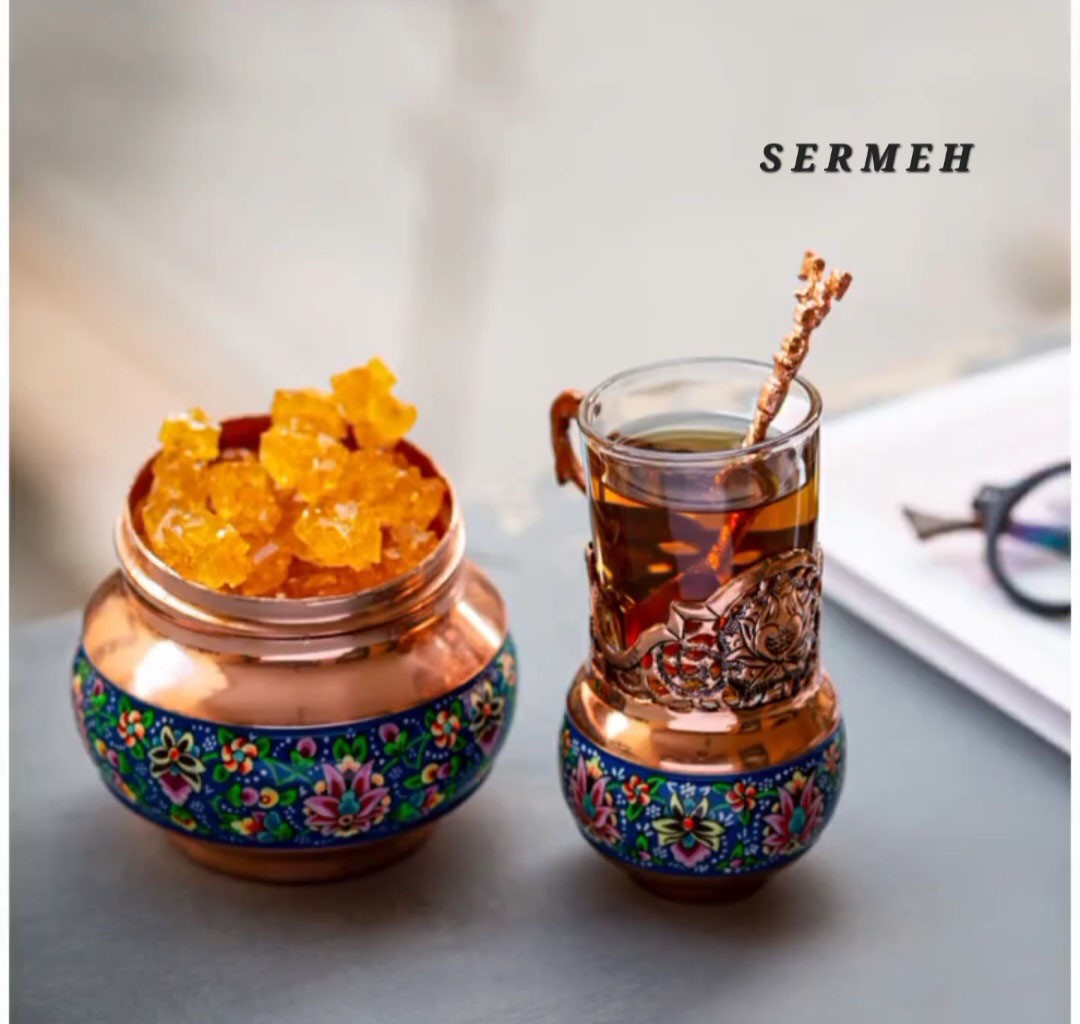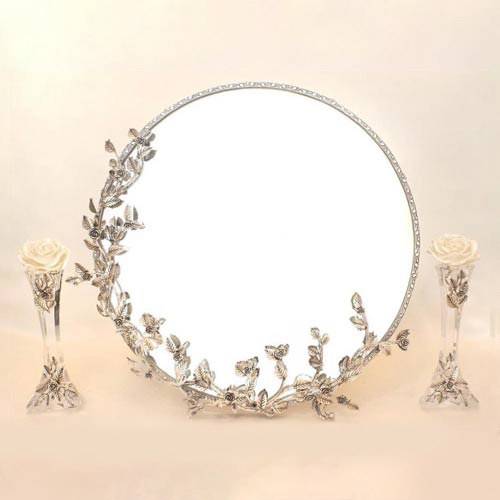The First Pottery Art Of Mankind
Objects made of baked clay are called Pottery Art. Industrial pottery is a mixture of art that leads to the production of pottery.
Given that the raw materials of Pottery Art are the same as soil, water, and fire, it can be imagined that; Pottery raw materials have been available in all residential areas and lands, so, human beings have turned to this industry for many years. Pottery is a symbol of social life and human civilization.
The first dishes made by humans for daily use were baskets. In this form, they have covered the baskets with flowers to penetrate them in and out. When the pottery and Pottery Art industry was created and the possibility of making furnaces and cooking slime was made, people remembered the fact that basket ware was commonly used to decorate dishes with cartoon-like drawings.
Of course, every nation and civilization used their designs, signs, and decorations to decorate their pottery. Ancient dishes discovered in Iran show that Persian Pottery had a lot of skill in painting on pottery. The best examples of such pottery from Susa, Ray, Kashan, Damghan, and Tel Begum are found near Persepolis.
Prehistoric pottery that came out of the Caucasus and the Sindh Valley in a region from East Iran to Iraq, in a style and style with a slight change, is almost uniform and technically superbly advanced. These potters are known as “Shoosh” pottery and they refer to ancient art and civilization.
In the 10th and 11th centuries, the Safavid kings in Isfahan brought Pottery Art to the end of perfection, and beautiful pottery was from the lives of the people of Iran; very beautiful examples of pottery from Iran during the Safavid era at the Museum of Ancient Iran, Louvre Museum, Armitage Museum And the London Museum.
*Buy online Persian pottery*
Pottery Art in Ancient Iran

In the following, we will categorize these different designs and refer to them as well.
Persian Pottery in ancient civilizations of Iran Until the invention of the line, examining images of the role played by the artwork is the only available source for understanding the lifestyle, customs, and attitudes of the people of ancient times.
Iranian Pottery derived from ancient civilizations and the Neolithic period is one of these sources. These seemingly simple patterns are the creatures of knowledge and beliefs.
Drawings drawn on dishes in terms of variety can be named such as:
Animal Drawings in Pottery Art
The role of animals such as goats, rams, horses, cows, and birds is from traditional Pottery Art designs. In the meantime, the role of the goat is of particular importance. The role of the pitch was originally designed naturally, but it is time to mimic nature.
Often, the animal’s tail is stretched out and the horns are designed to fit large and large. On a cup of clay obtained from Susa, dating back to the fourth millennium BC, the role of a goat with long branches is seen.

Potters of this era did not satisfy the role of the horse on the dishes but created the statue of this animal as a decorative object. The next animal is the hog which always has a lot of damage to the fields and its role is a kind of warning.
Snake designs are also seen on pre-date pottery.
The snake was the symbol of underground water until the first millennium BC and was praised for this reason. Another group of pottery is decorated with a Leopard design. Artists usually did not observe the ratios in the role of the panther, which means that the tail of the animal is extremely long and almost twice as large as the body of the animal, and is only tailored to the design of the body and tail of the animal.
The role of the sun and the moon
Another part of the paintings on pre-date pottery Art is the role of the sun. The sun was considered to be the greatest of gods in the 4th millennium BC on the plateau of Iran. Exploration carried out on the hill of Hesar Damghan by an American archaeologist argued that in the third and second millennia BC, the dead landed on the east, the side that rose from the sun, and so it is possible to observe the importance and worship of the sun.
Meanwhile, since the sun has given them a boon for their lives, they did not consider themselves to be the Sun and worshiped it.
Over time, the role of the sun gradually became easier and crossed, as the role of the sun in the form of a cross and the broken cross is very visible on these containers. The role of the moon in the form of a crescent is an ornament of several pre-date dishes. A remarkable example of this case is a container similar to a funnel with its outer body decorated with the crescent of the moon.
The role of the bird

Interestingly, in creating some of these roles, the principles of perspective (landscape science and more) have been fully respected; birds that are closer to the summit of the mountain are bigger and far smaller and smaller.
Sometimes the artists have drawn a few fish between the mountains to portray the sea on the dishes and this way they have imagined the mountain and the sea. The role of sea birds is often plotted on horizontal and vertical corridors as watermarks.
Human Design
Another painting that appears on Persian ceramics and pottery from prehistoric times is a person who is often a tall man and a thin shoulder. In some of these dishes, the role of a man has come together. From the bowl with this role, the noticeable vessel is the tall base of pottery with a projection on it showing people with bent knees so that each of them holds both hands behind the front and looks like this. Who is engaged in a religious program or group dance?
























